Making Hoang Van black canarium more and more popular
Born and grown up in Van Xuyen, Tran Van Luu (born in 1994) worked as a worker like many other young people in his hometown. Living in the land of ancient canarium trees, he found black canarium to be a rare specialty.
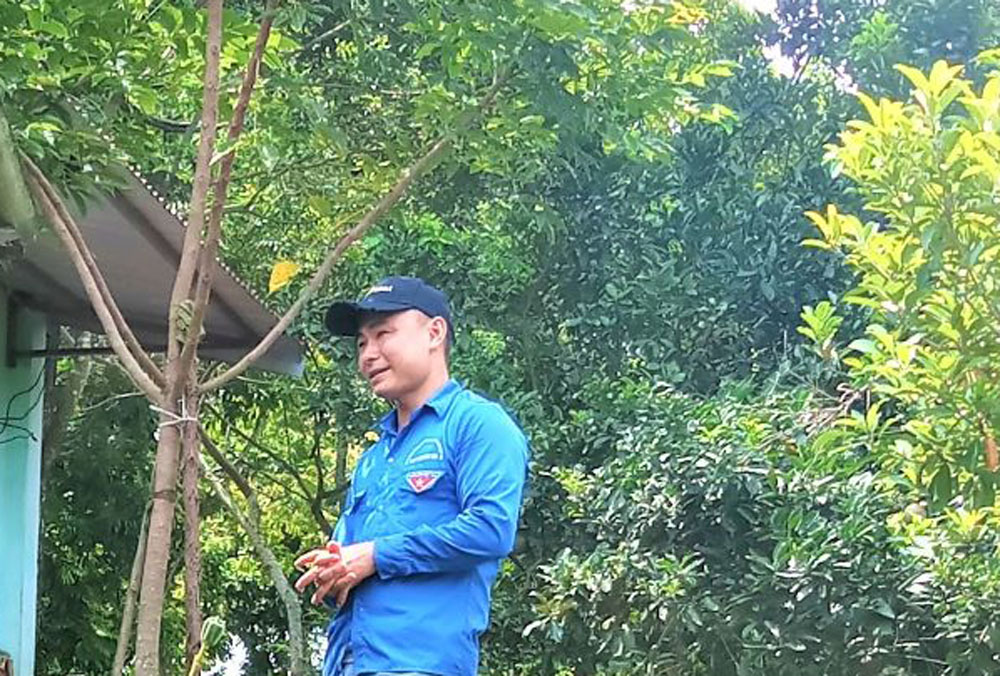 |
|
Tran Van Luu. |
In 2018, he decided to start a business with canarium nursery. Every day, he still goes to work as a worker in Thai Nguyen. On weekends, that worker spends all his time in the nursery.
At first, he had no experience so he nurtured the seeds he had collected. Gradually, he realized that when he selected seeds from good canarium trees in the village, he would create better canarium seedlings.
So he went to many households to ask for canarium seeds from ancient trees with large, thick fruits. From the seeds, he produced young trees to get rootstock. When the young tree is one year old and has a diameter of about 1cm, its buds begin to be grafted. The grafted buds are also carefully selected.
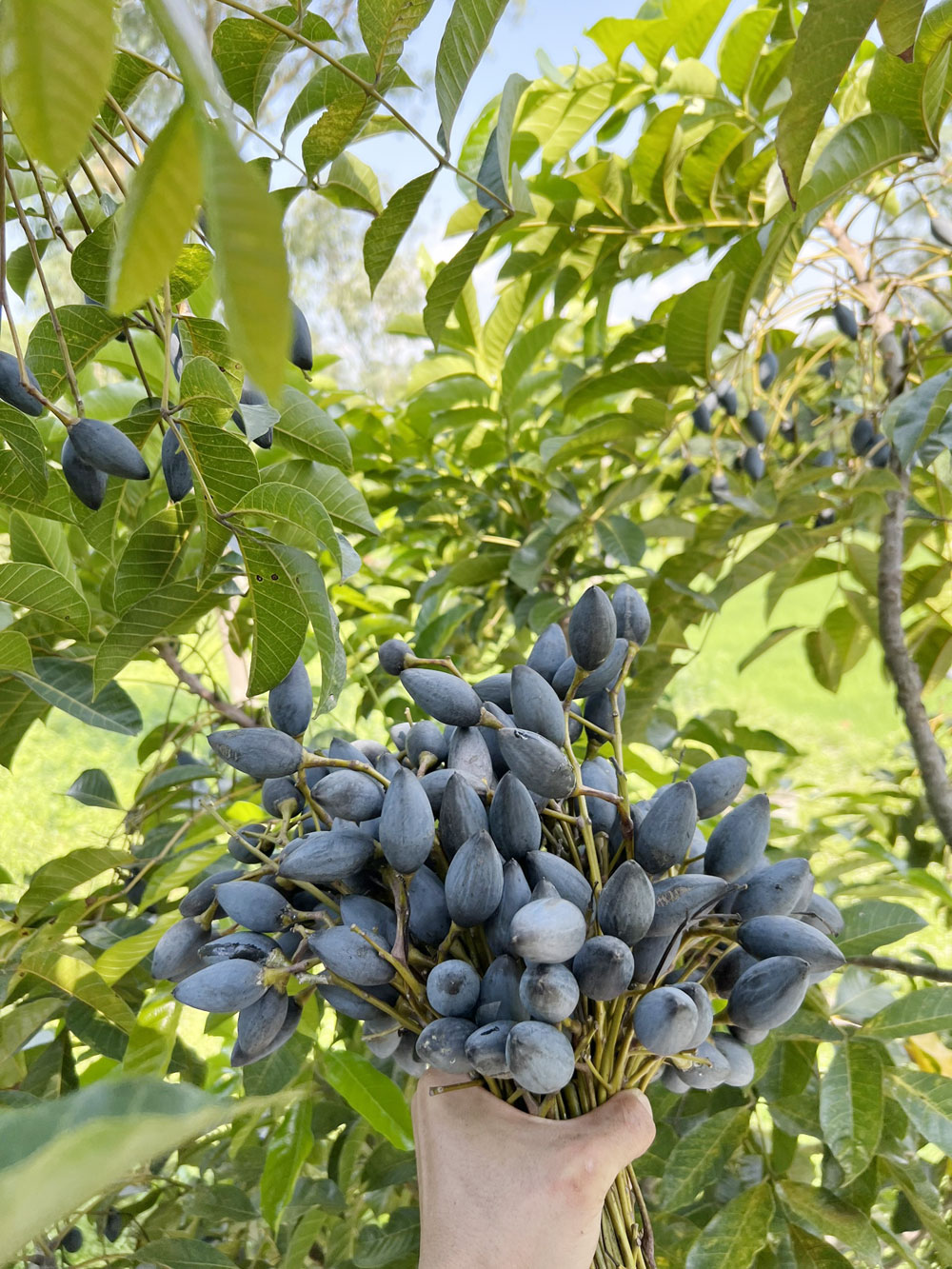 |
|
Hoang Van black canarium. |
In this way, he has created canarium trees that have large fruits, high yield and low canopy; and are easy to harvest. Those canarium trees bear fruit after about 3 years. A 10-year-old mature tree will yield about 50 kg of fruit and a tree of 15 years old or older will produce 70 to 150 kg of fruit per crop. In 2022, he sold 600-700 seedlings to customers in northern and central provinces.
Now, at the age of nearly 30, this young man and his family own seven ancient canarium trees and a nursery of three sao (1 sao equivalent to 360 sq.m) – a treasure that very few young people in the countryside can have. Currently, in the nursery there are about 200-300 canarium seedlings. January is often the peak time for grafting the buds. Luu said that the investment in seedling nursery is not much, about tens of millions of dong each crop. In 2022, the young farmer earned nearly 150 million VND (6,130 USD) in profit from selling black canarium fruits and seedlings.
Although he did not attend any training course on agricultural production, born in a "canarium village", he learned from books and newspapers and from older farmers to gain knowledge. He alone nurtured seeds, grafted buds and sold seedlings everywhere. He created the Vietnam Black Canarium Association page on social networks, with thousands of members who share experience on how to prepare dishes from black canarium, and techniques for planting, breeding and caring for canarium trees.
Hoang Van is a commune bordering Cau River, where there are grounds filled with silt for thousands of years, suitable for the growth of black canarium trees. If invested scientifically and sustainably, canarium trees will contribute significantly to the development of the local economy, both promoting the strengths of this land and creating jobs for farmers right in their homeland.
Hoang Van commune currently has more than 4,000 canarium trees under harvest, including nearly 3,000 in Van Xuyen village. According to Ta Van Kinh, head of Van Xuyen village, the village has nearly 100 ancient canarium trees over 100 years old, in addition to hundreds aged 50-80. These trees need to be preserved, selected and bred to produce delicious varieties, creating a brand for Hoang Van black canarium product.
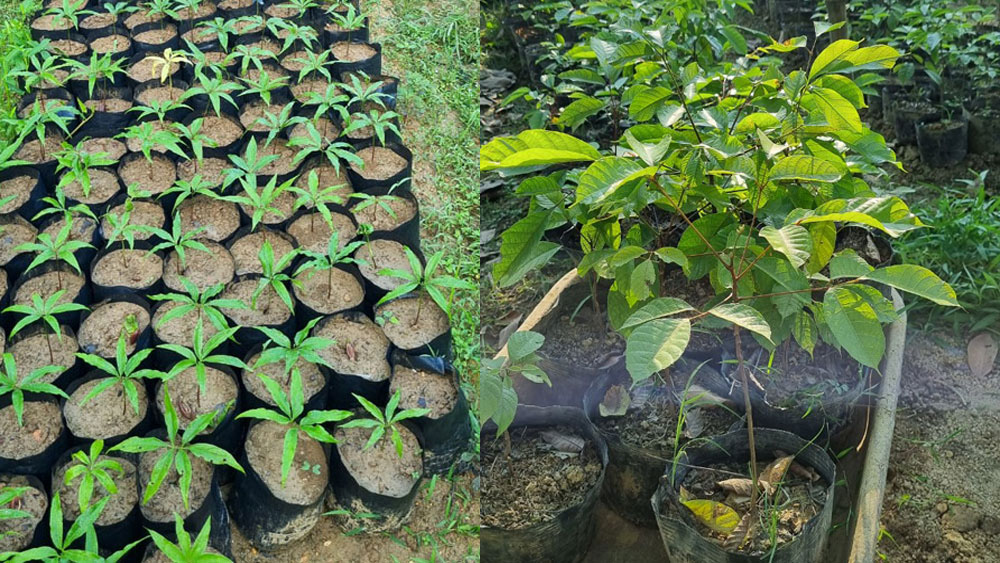 |
|
The black canarium nursery of Tran Van Luu’s family. |
Every year, people in Van Xuyen village harvest about 50 tons of fruit, with an average selling price of 100,000 VND to 120,000 VND (4.9 USD) per kg. This price has been maintained for many years.
Like many people in the "canarium village", Tran Van Luu hopes that the local administration will continue to pay attention to this specialty plant with policies to encourage the breeding and replication of delicious canarium varieties.
Currently, the sale of black canarium is quite favorable. However, in order to improve the quality and spread the Hoang Van black canarium brand more widely, it is necessary to have a mechanism to support the construction of preliminary processing and processing facilities. The product must be packaged and labeled with full information on origin, and meet food hygiene and safety standards.
 Bắc Ninh
Bắc Ninh





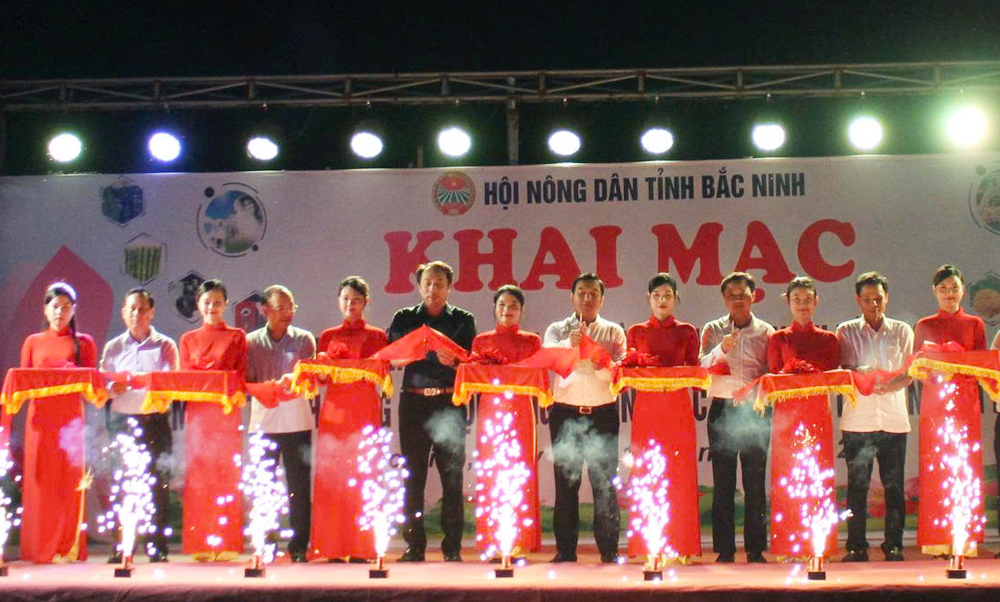
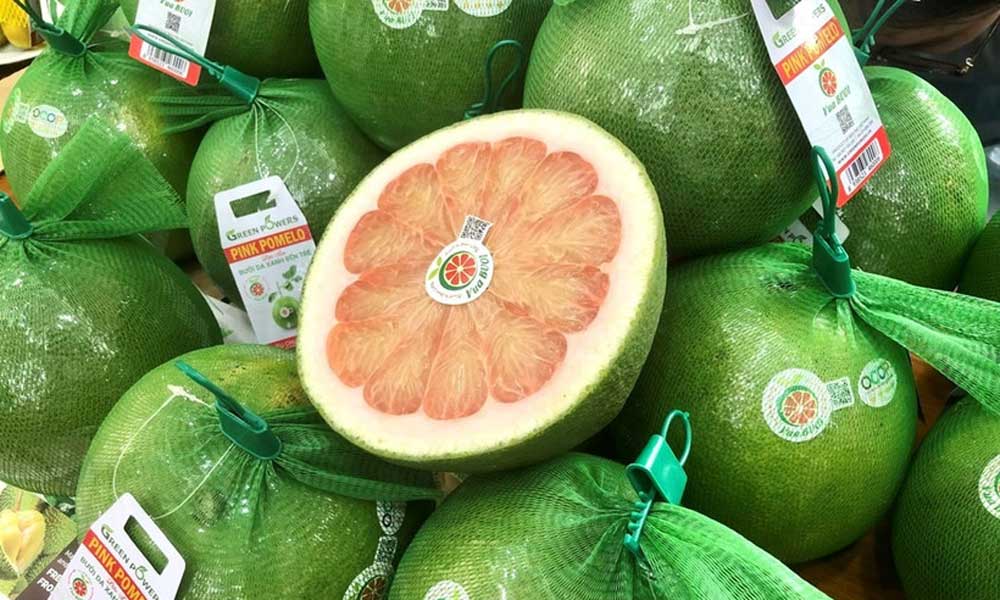



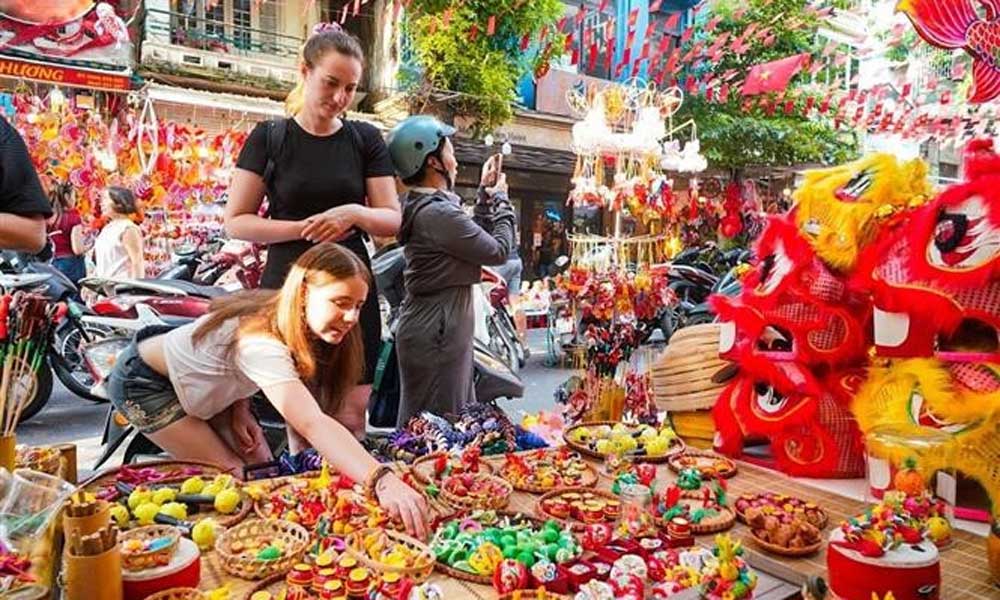




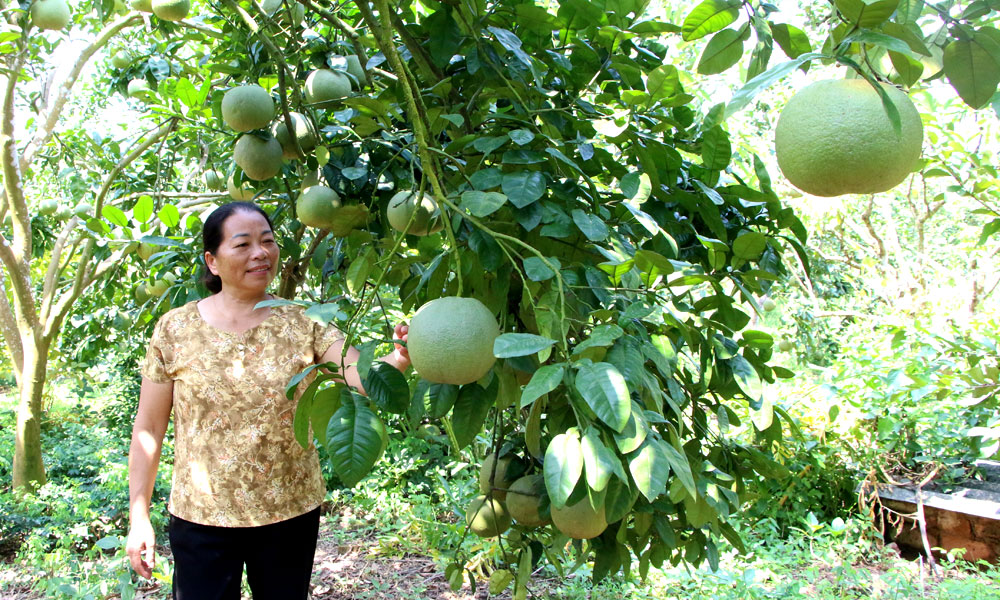


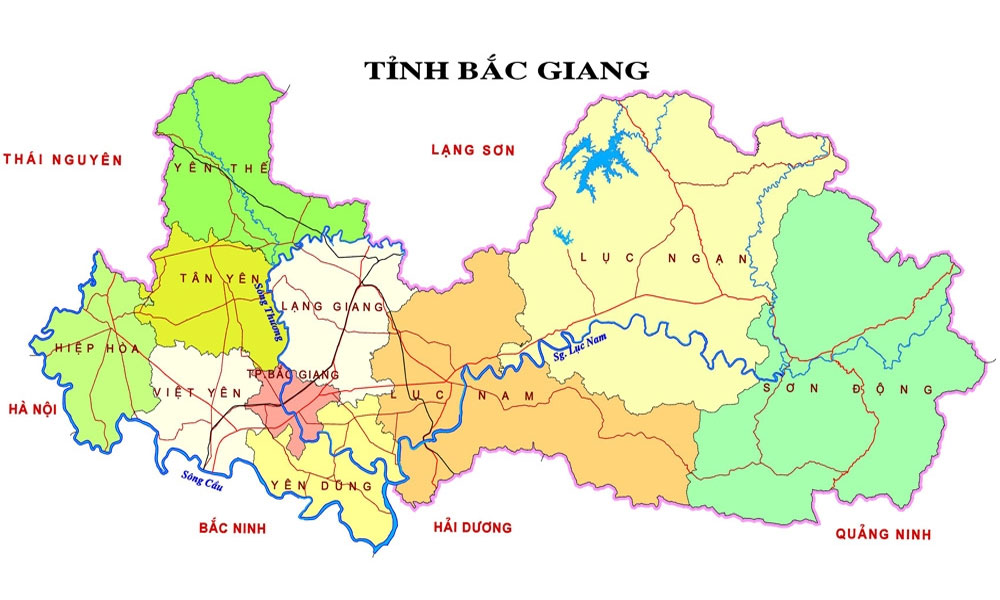


Reader's comments (0)